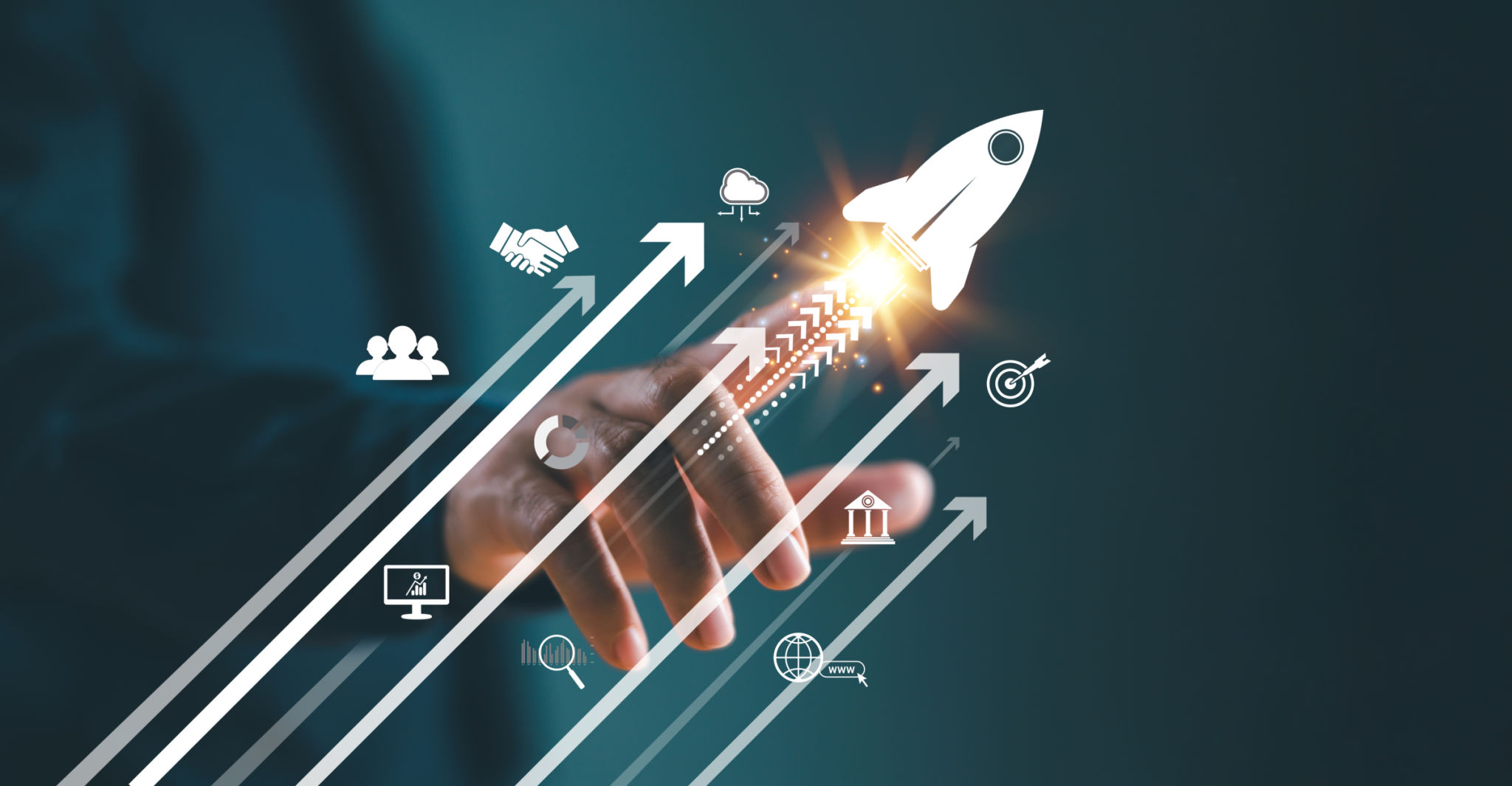Case Study: How LinkedIn Automation Boosted Our B2B Lead Generation
Introduction to LinkedIn Automation
In today's fast-paced digital world, generating quality leads is crucial for any B2B business. LinkedIn, as a professional networking platform, offers immense potential for lead generation. However, manually sifting through profiles and sending connection requests can be time-consuming. This is where LinkedIn automation tools come into play.

Understanding the Challenge
Our B2B team was facing a challenge: how to efficiently generate high-quality leads without exhausting our resources. The traditional approach involved manual searches and personalized messaging, which, while effective, was not scalable. We needed a solution that would allow us to reach a wider audience without sacrificing the personal touch.
Implementing LinkedIn Automation
We decided to integrate a LinkedIn automation tool into our lead generation strategy. This tool allowed us to automate tasks such as sending connection requests, following up with messages, and even endorsing skills. The goal was to create a seamless process that maintained the personalized feel of manual outreach.

Results and Impact
The results were impressive. Within the first month of implementation, we saw a 30% increase in connection acceptance rates and a 25% boost in response rates to our messages. The automation tool enabled us to reach out to a larger number of prospects with tailored messages, significantly enhancing our lead generation efforts.
Key Benefits of LinkedIn Automation
The benefits of using LinkedIn automation tools extend beyond increased numbers. Here are some key advantages:
- Time Efficiency: Automating repetitive tasks allows your team to focus on more strategic activities.
- Scalability: Reach a larger audience without additional resources.
- Consistency: Maintain a steady flow of communication with potential leads.

Maintaining Personalization
One common concern with automation is losing the personal touch. However, by carefully crafting our messages and using data-driven insights, we were able to maintain personalization. The tool allowed us to segment our audience and tailor messages based on industry, role, and other relevant factors.
Challenges and Lessons Learned
Implementing automation was not without its challenges. Initial setup required an investment of time to ensure that the tool was configured correctly. Additionally, we had to continually monitor and adjust our strategy based on performance metrics. These lessons were invaluable in optimizing our approach.
Conclusion
The integration of LinkedIn automation into our B2B lead generation strategy proved to be a game-changer. It allowed us to efficiently target potential leads while maintaining the personalized approach that is essential in B2B interactions. For businesses looking to scale their lead generation efforts, LinkedIn automation offers a powerful solution.